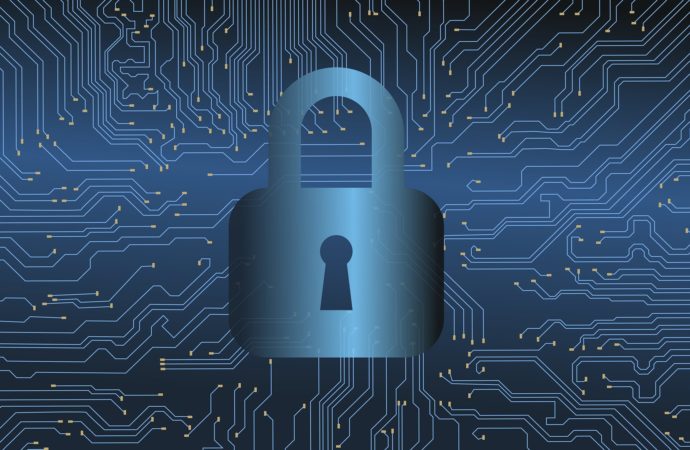Fifth article in our series about microgrids
By: Casey Freeman
Contributor: Brit Naas
Security concerns surrounding America’s electric grid steadily grow as attacks and the threat of an attack increase.
In 2015, Ukraine was victim to a large scale cyberattack on its electric grid, which resulted in 225,000 people without power. The attack has been attributed to the Russian hacking team, Sandworm.
Not surprisingly, according to Utility Dive’s 2017 “State of the Electric Utility Survey,” over 600 professionals working in the power industry named both cyber and physical security as their chief concern—and their anxieties are not unwarranted.
In early September of last year, the cybersecurity firm Symantec published information on Dragonfly 2.0, a series of cyberattacks that began in 2015 and have gained access to energy systems in America and around the world. Dragonfly 2.0 is ongoing, and the U.S. Department of Homeland Security published an alert in March, citing it and other “Russian government cyber actors” as the culprits behind a “multi-stage intrusion campaign” on the American electric system.
If a large-scale attack on the American grid is ever successful, or if the hackers decide to take action, it would be a huge hit to the economy and the estimated damage would be around $243 billion to $1 trillion, or equivalent to multiple natural disasters.
To put this in perspective, look no further than Hurricane Sandy in 2012. The storm damaged the east coast’s electric grid, leaving 8.5 million people without power and putting their lives in jeopardy. Hospitals like New York’s NYU Langone Medical Center lost power, and outages at water treatment plants, such as the one in Howard County, Maryland, lead to massive sewage leaks. The destruction estimates are roughly $65 billion, much of it due to the loss of power.
Preventing a cyber security breach is obviously the most important goal, but it isn’t a simple matter of installing new equipment and software updates. With cyberattacks and natural disasters threatening our aging grid, Americans should consider microgrids as a way to protect against destructive power outages.
According to a report from S&C Electric Company, microgrid technology has the ability to prevent and alleviate the impact of a cyber security intrusion. First, since a microgrid platform is a decentralized system of electrification, any sort of attack would have to successfully take down multiple points. “There is no single vulnerable bull’s eye,” so it is much more difficult to impact the grid at large. Second, microgrids can prevent mass blackouts. The failure of one microgrid will not affect the surrounding grids, and in the case of generator failures, it’s much easier for another source to fill the void in a microgrid.
Fortunately, America has not been victim to a large-scale cyberattack like what occurred in Ukraine, so microgrid usefulness is theoretical in that case, but there is evidence of their usefulness during a natural disaster, as the Princeton microgrid proved during Hurricane Sandy. When much of the eastern grid was down, Princeton’s electricity remained on because of its microgrid, and as a result, the campus served as a safe haven where emergency response teams could rest and charge any necessary equipment.
From earning additional revenue to protecting America’s electrification, microgrid technology is a 21stcentury solution to our aging grid. By giving individuals more control over their electricity while also guarding against the impacts of natural disasters and enemies that would do harm to America, microgrids are the way of the future.
Article 1, Article 2, Article 3, Article 4
Casey Freeman is an intern in the Energy & Environmental Policy Center at the Independence Institute. She is pursuing a bachelor’s degree in political science with a focus on legal studies from the Metropolitan State University of Denver.







